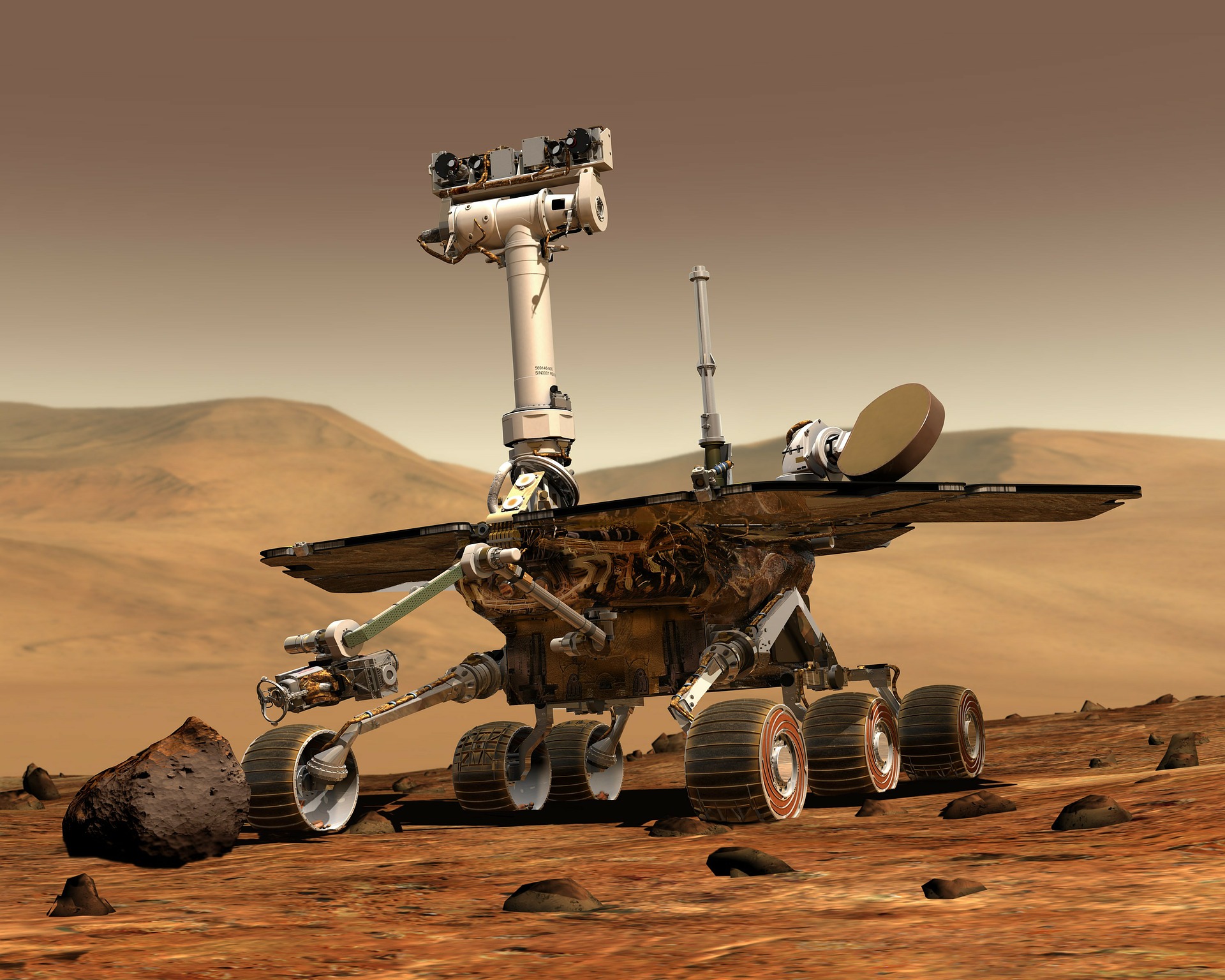Imagine having a robotic rover taking rock samples on the surface of Mars, and beaming the data back to scientific teams on Earth. These teams will have to evaluate the data, determine if it is worth pursuing more on the same spot, and send the appropriate commands to the rover.
This back and forth communication takes many hours, and the rover is sitting idle instead of doing work. This shortens the useful experimentation time window, consumes valuable energy required for the rover to beam the data to orbiting satellites on the distant planet, and generally costs money.
What if we had someone locally decide what to send back to Earth and where to drill next in the meantime?
NASA has developed a novel type of an AI system that can operate right on the onboard computers of the rovers, able to analyze the spectra and geochemical signatures of the sampled rocks. The space exploration agency hopes to debut this new system on the 2022/23 ExoMars mission, equipping the new rover with the ability to conduct experiments autonomously. The scientific teams on Earth will receive only the most important and time-critical data, and will still be able to direct the sampling if needed.
This will rewrite the bill of costs and return of investments for space exploration missions in general. Signal bouncing takes 5 to 7 hours to go back and forth between centers of operation and remote drones or rovers, and using the bandwidth to transmit this data is pretty expensive (100,000 times more than on Earth). Moreover, allowing a rover to retake a sample when it’s time-critical is crucial from a scientific perspective, and has never been done before.
The humans will remain at the epicenter of the work, but the AI will act as a time and money-saving filter. If all goes well in the upcoming mission, AI systems like this one will become commonplace in space exploration.
Image by WikiImages from Pixabay






